 Meet me at the Schenley Plaza tent for the Pitt Peregrine Fledge Watch June 2 to 6, weather permitting. Peregrines usually don’t fledge when the weather is bad so I won’t be there if it’s raining.
Meet me at the Schenley Plaza tent for the Pitt Peregrine Fledge Watch June 2 to 6, weather permitting. Peregrines usually don’t fledge when the weather is bad so I won’t be there if it’s raining.
I have to be at work Tuesday to Friday, June 2-5, so I’ll be at the tent at these times:
- Before work: approximately 7:30-ish to 8:20am
- Lunch (a late lunch hour, and I have to walk to/from WQED): 1:40pm to 2:20pm
- After work: 5:20pm until I run out of steam which can be as late as 7:00pm.
June 6th is a Saturday so I’ll be there most of the morning 7:45am to 10:00am – and later than that if I’m having fun. As is usual with peregrine watching there are hours of boredom punctuated by moments of great excitement. We’ll be there for the excitement and the comraderie. So stop by.
Schenley Plaza is on Forbes Avenue between Hillman Library and Carnegie Library and across the street from the Cathedral of Learning. When you’re driving down Forbes Avenue you’ve just passed Schenley Plaza when you see Dippy the Dinosaur.
If you want to let me know you’re coming, please post a comment. Comments are moderated (by me) so I will see it before the rest of the world.
And don’t forget to bring binoculars if you have them!
(photo of Schenley Plaza tent by Kate St. John)
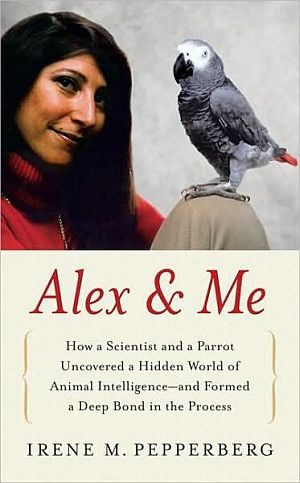
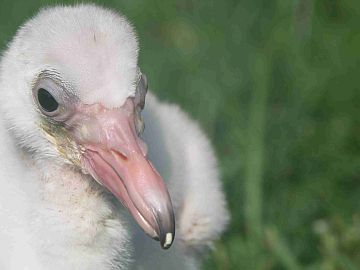
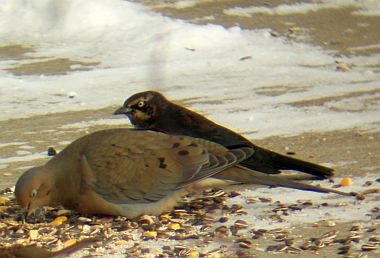
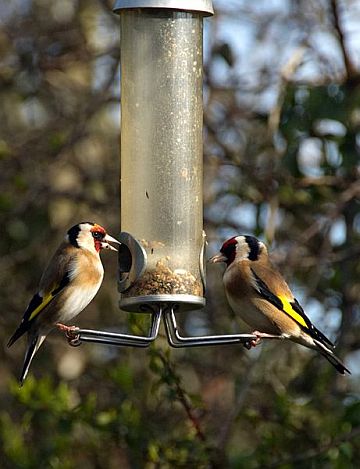
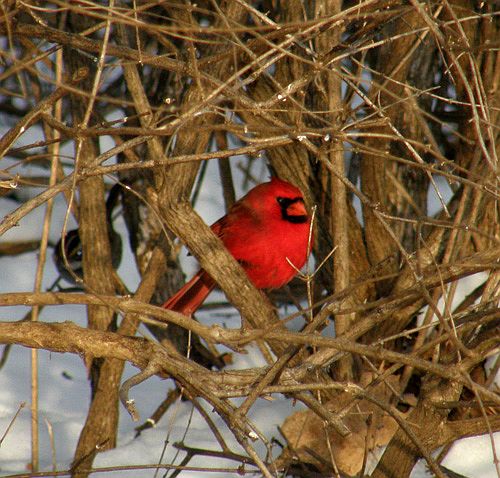

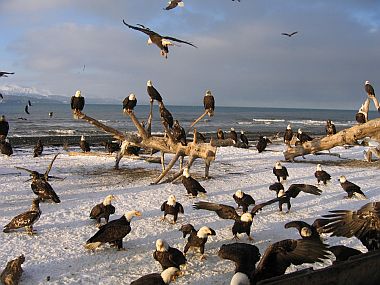
 A few weeks ago I was interviewed as part of The Allegheny Front’s Environmental Oral History Project. Tonight, 12 November 2008, that interview will air on WYEP 91.3 FM between 7:00pm and 7:30pm. In it, I talk about birds, nature and how they inspire me.
A few weeks ago I was interviewed as part of The Allegheny Front’s Environmental Oral History Project. Tonight, 12 November 2008, that interview will air on WYEP 91.3 FM between 7:00pm and 7:30pm. In it, I talk about birds, nature and how they inspire me.